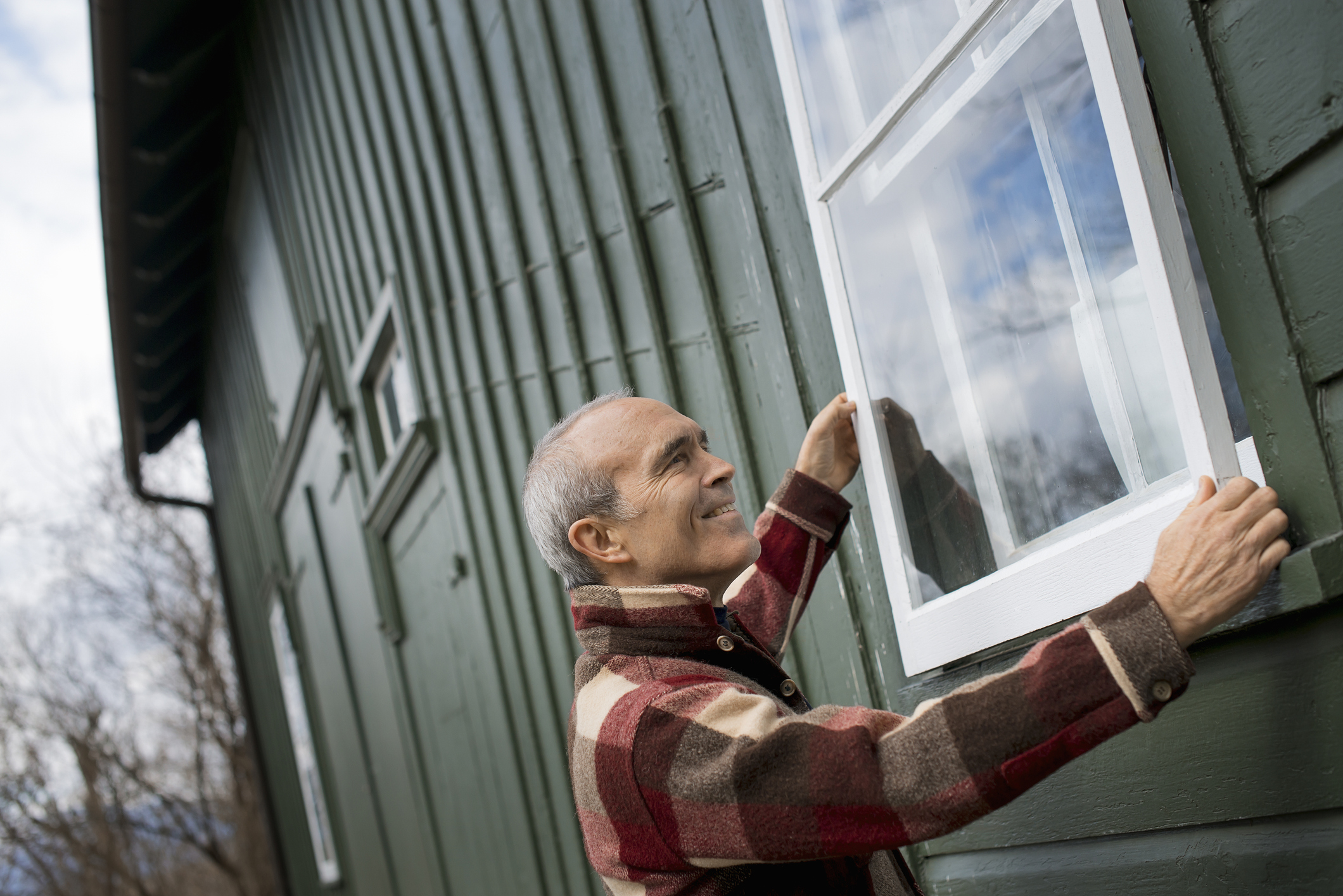
The Federal Reserve cut rates for the second time in 2025 this week. While that's not great news for savers, it's good news for borrowers. If you've been waiting on rates to drop to take out a HELOC or personal loan for some home improvement projects, now is the time to strike.
Why now? While rates are expected to come down further, the clock is ticking on a package of energy-efficient home improvement tax credits that could put thousands back in your pocket after making eligible upgrades to your home.
You can always refinance a loan when rates drop even further, but you won't be able to claim these tax credits after the new year, making this the "just right" time for home upgrades.
Here are the home upgrades that may be eligible and why it's worth squeezing these projects in before the year ends.
Tax credits worth up to $3,200 expire in December

The One Big Beautiful Bill ushers in several changes that taxpayers will need to consider as they plan for 2026. But one of the most urgent changes you'll want to prepare for are the expiring tax credits.
Right now, you can claim 30% of the cost of any eligible residential clean energy upgrade made during the year.
You can also claim up to 30% of other energy efficient upgrades, with maximum credits ranging from about $150 up to $2,000, depending on the project. You can claim up to a total of $3,200 for all energy efficient home improvement projects completed through the end of the year.
Which projects are eligible for tax credits? You can find the full details on the IRS website.
But here are some of the key projects you might want to get done before December 31, 2025 to claim the energy efficient home improvement tax credit:
- New exterior doors or windows
- New insulation or air sealing materials
- Upgraded HVAC equipment
- Upgraded water heaters, biomass stoves or boilers
If you've been thinking about installing solar panels or other renewable energy equipment in your home, the residential clean energy credit also expires on December 31. So, you'll need to move fast if you were banking on that 30% tax credit.
Make sure that the upgrades you're making meet the energy efficiency standards set out by the Environmental Protection Agency (EPA). You'll also only be able to claim these credits on your primary residence. So, your vacation home or rental properties are ineligible.
You should also check with your state as well as your local utilities for any additional rebates or discounts you might be able to stack on top of your federal tax credits.
Falling Fed rates are good news for borrowers
At its October meeting, the Federal Reserve dropped its target rate to the 3.75% to 4.00% range. That's the second cut of the year, which should bring borrowing costs down with it.
For homeowners planning to use a home equity line of credit, or HELOC, that's even more reason to knock out those renovation projects you've been putting off.
Rates on home equity loans also tend to drop in response to Fed rate cuts — as do other types of debt. If you haven't taken out a home equity loan or HELOC yet, use our home equity tool below, powered by Bankrate, to compare rates you can get today:
You'll benefit from hiring contractors during the off season, too
Winter is a slow season for many contractors, especially with the holidays approaching. Some may be willing to offer discounted rates for projects during this time.
But, even if you can't leverage your timing into a deal, it could at least ensure your project is done quickly and smoothly. Since contractors are unlikely to be juggling as many projects as they do during peak season, your home could be high on their priority list.







